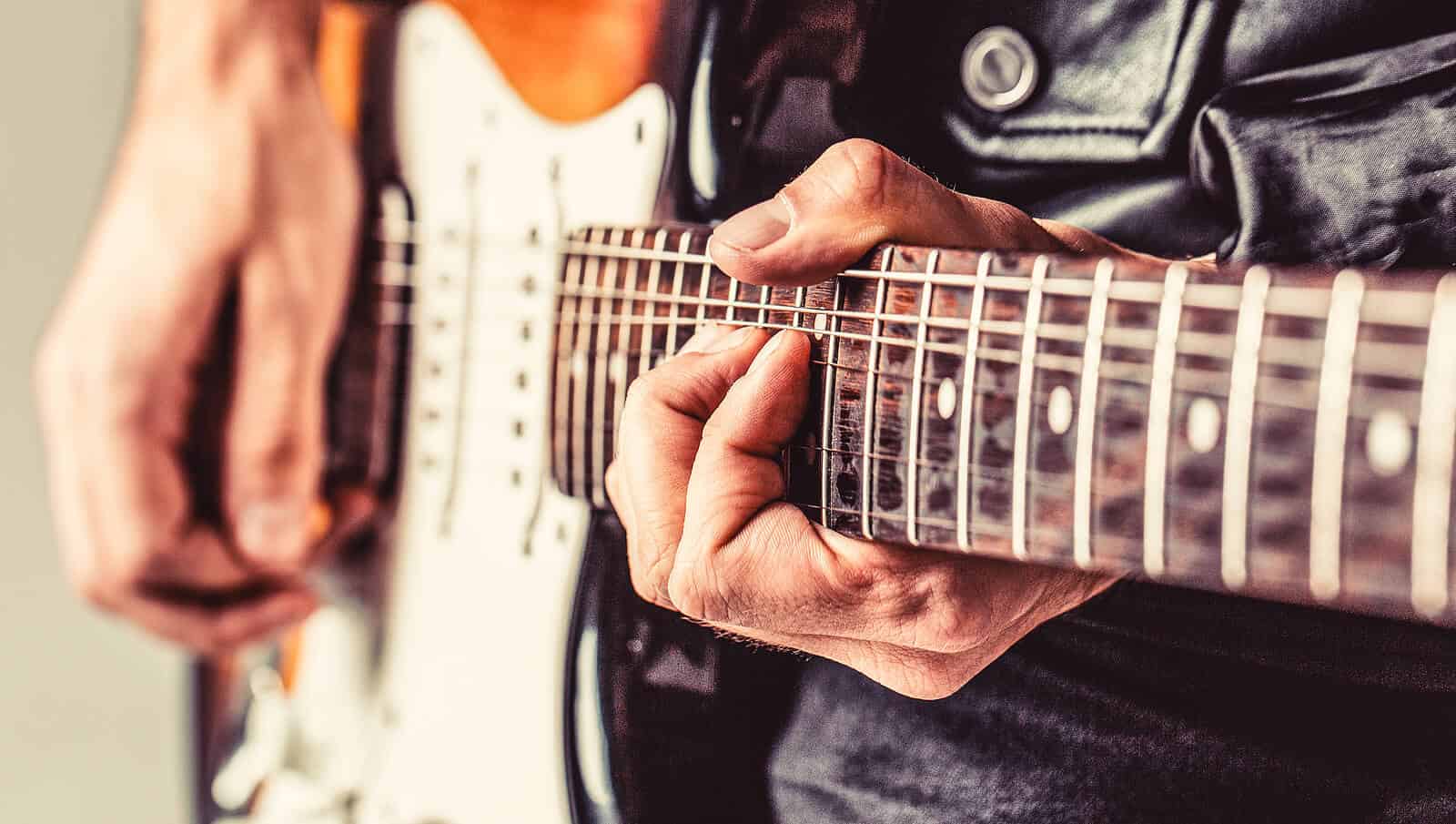Attending concerts and playing music professionally can bring immense joy and fulfillment. However, prolonged exposure to loud music poses a significant risk to hearing health. Noise-induced hearing loss (NIHL) is a common issue faced by many musicians and concert-goers, highlighting the importance of proper hearing protection.
High volumes of sound can damage the tiny hair cells in the inner ear, leading to permanent hearing loss. This damage often occurs gradually, going unnoticed until it reaches a critical level. Protecting one’s hearing through preventive measures is key for maintaining long-term auditory health.
Risks of Noise-Induced Hearing Loss
Noise-induced hearing loss is caused by exposure to loud sounds, typically over 85 decibels, which is common in many music venues. Symptoms may include ringing in the ears (tinnitus), difficulty understanding speech, and a feeling of fullness in the ear. Over time, these symptoms can worsen, leading to significant communication challenges and a reduced quality of life.
Young musicians and avid concert-goers might not immediately realize the impact of loud music on their hearing. The cumulative effect of repeated exposure can lead to irreversible damage. Understanding these risks is the first step in implementing effective protective measures.
Types of Hearing Protection
There are several types of hearing protection available to musicians and concert-goers, each designed to reduce harmful sound levels while preserving sound quality. Custom-molded earplugs are a popular choice for musicians, as they provide a comfortable fit and are specifically designed to attenuate harmful frequencies without distorting the music. These earplugs ensure that musicians can hear their performance accurately while preserving their hearing.
Another option is high-fidelity earplugs, which are ideal for musicians and concert-goers. These earplugs lower the volume evenly across all frequencies, maintaining the natural sound of the music. Over-the-ear protectors or noise-canceling headphones are also effective, particularly for those who want more robust protection in extremely loud environments.
Tips for Preserving Long-Term Hearing Health
Preserving long-term hearing health involves a combination of using proper protection and adopting mindful listening habits. Take breaks during prolonged exposure to loud music. Giving your ears time to rest can significantly reduce the risk of cumulative damage.
Keep the volume at safe levels whenever possible, and be aware of how loud the music is during practice sessions or concerts. Regular hearing checkups with a hearing health professional can help monitor hearing health and catch any early signs of hearing loss. Early intervention is important, as it can prevent further damage and ensure better management of hearing health.
Encouraging a Culture of Hearing Protection
Creating a culture of hearing protection among musicians and concert-goers can make a significant difference. Educating peers about the risks of noise-induced hearing loss and the importance of using ear protection creates a supportive community. Many prominent musicians advocate for hearing conservation, setting a positive example for fans and fellow artists.
Concert venues can support hearing health by providing earplugs at entrance points and maintaining responsible sound levels. Ensuring that audiences enjoy music safely contributes to a more sustainable, hearing-conscious culture.
Seeking Support and Resources
For those seeking additional information or support, many resources are available. Hearing health professionals can offer personalized advice and solutions. In addition, organizations dedicated to hearing conservation provide valuable information and advocacy.
Raising awareness about hearing protection is beneficial not just for individuals but also for the entire community. By working together, it is possible to enjoy music and protect hearing health for a lifetime.


